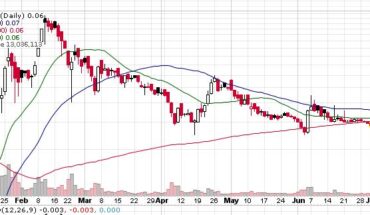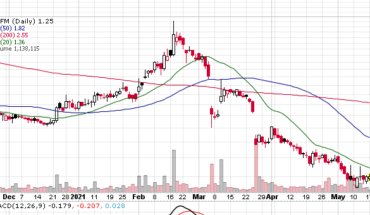In the past month, investors seem to have taken a shine to the Green River Gold Corp (OTCMKTS:CCRRF) and it can be easily gauged from the price action in its stock. During that period, the stock has managed to deliver gains of as much as 22%.
Market Action
On Tuesday, CCRRF stock ended flat at $0.0608 with 11K shares, compared to its average volume of 1.8K shares. The stock moved within a range of $0.0608 – 0.0608 after opening trade at $0.0566.
Green River Gold Corp. Intersects Anomalous Nickel, with XRF Results
In light of such gains, it may be a good time for investors to start taking an interest in the Green River Gold stock. As it happens, the company was in the news cycle yesterday after it announced that it had managed to intercept nickel deposits at its Quesnel Nickel/Cobalt/Talc Project that is situated in British Columbia in Canada.
It should also be noted in this context that the project is owned in its entirety by Green River Gold. The mineralisation at the project had been verified by the company by way of a XRF device. At this point in time, it is going to be interesting to see if the stock can manage to continue to add to its gains over the course of the coming days. Investors could consider adding the Green River Gold stock to their watch lists with the view of keeping an eye on the developments.
Key Quote
Perry Little, President and CEO of Green River comments, ‘We are very pleased that the XRF sampling is confirming the presence of nickel, chromium and cobalt as we had expected based on the UAV-MAG survey results from 2021. That survey showed a high intensity magnetic anomaly crossing southeast to northwest through the Project area. While we were expecting to see nickel on the northwest extension of the MAG anomaly, we were pleasantly surprised to see this much nickel and chromium further to the southeast. More importantly, the nickel and other minerals we are seeing are found right inside a known talc occurrence. In the 1980’s, the talc occurrence was studied with the plan to mine it for the talc alone. Our drilling to date is returning results similar to those reported in the 1980’s, with talc comprising anywhere from 15% to 85% of the material, with the percentage increasing at depth. The presence of valuable minerals within the talc zone, which begins right at surface, makes for very compelling economics.




